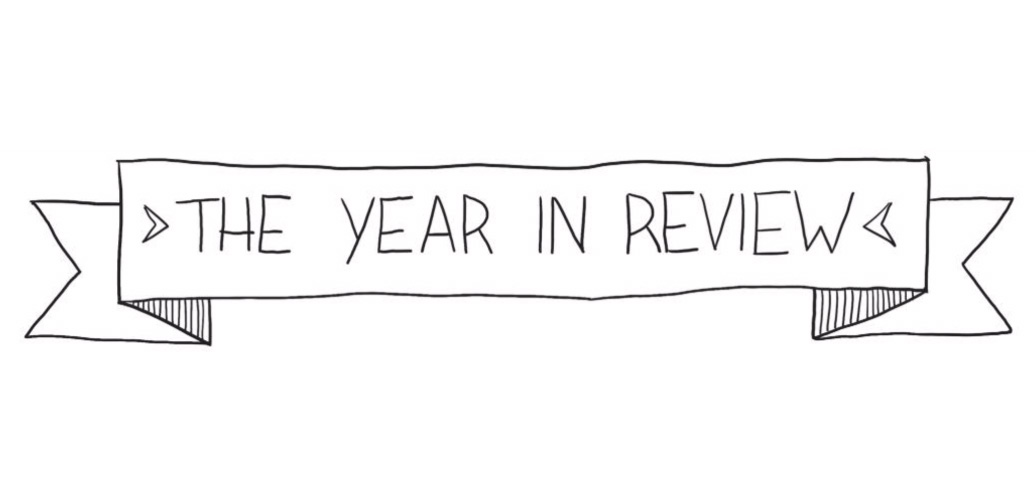Representing race in art
This year, artists and creators across disciplines employed representations of race to varying degrees of success. In true orientalist fashion, Opera McGill’s mythic Alcina had its actors don costumes and makeup inspired by various East Asian cultural artifacts, under the direction of Patrick Hansen (“Orientalism is no magic,” Carly Gordon, November 21). Likewise, Opera de Montreal makes an unfortunate mistake in letting white actors dress up to play Egyptian characters in Aida – the 1871 opera by Giuseppe Verdi that was born of a colonial legacy (“Get in loser, we’re going to Aida,” Carly Gordon, September 26).
When people of colour take control over their own representation, the result is often empowering and meaningful for those of us in the diaspora. A local screening of Deepa Mehta’s 2005 Water brought to light the traumatic memories of a generational of women in India, bearing witness to painful and complex cultural traditions (“The Goddess is half alive,” Inori Roy, January 30). Local gallery Never Apart opened its winter season with a collection of artworks from Black and Indigenous artists, their themes ranging from queerness to police brutality (“An exploration of resilience,” Sarah Shahid, February 13). Though Park Chan-wook’s The Handmaiden received negative attention for its apparent oversexualization of the female protagonists, much of the analysis was filtered through a white saviour complex that saw the film as inherently anti-feminist (“Cold revenge and sweet love,” Coco Zhou, September 19).
Local and often political festivals
This year, Montreal saw the success of many arts festivals, a number of which had a distinctly political focus. The Montreal International Black Film Festival held a variety of thought-provoking screenings and panels, welcoming filmmakers like Laurens Grant to share their thoughts on representations of Blackness in media and the current state of anti-racist movements (“Change does not come quietly,” Rosie Long Decter, October 17). The South Asian Film Festival showcased films from various parts of the subcontinent, providing opportunities for bonding among diasporic communities (“Comfort food for the diaspora,” Sarah Shahid, November 21).
The highly anticipated Montreal Biennale attracted a great number of local and international viewers and featured an impressive line of artists, though some found it thematically ambiguous and uncritical (“The grand balcony of capitalism,” Josephine Bird, October 31). The locally produced Art Matters Festival had much more of a clearer focus, choosing to emphasize accessibility to art in the staging of their exhibits (“Accessibility in artistic spaces,” Taylor Mitchell, March 13).
Montreal activists smash the state
While the rest of the world is all chaos and turmoil, our local communities can be a source of comfort and inspiration. Student strikes took centre stage in What the Fuck Am I Doing Here? – An Anti-Folk Opera, co-produced by Fishbowl collective and Tuesday Night Cafe Theatre (“Songs to smash the state,” Saima Desai, November 22). In an emotionally striking on-campus performance, local artist Kama La Mackerel put her own body on the line in protest against institutional disempowerment (“Crawling through wires,” Sabrine Maaz, November 28). Kai Cheng Thom spoke about the need to love and fight for our communities in an interview with The Daily (“Trans girl dangerous,” Coco Zhou, November 28), elaborating on the resilience and success of women of colour in media and art related work.
Internet activism, specifically in the form of memes, was widely discussed and critiqued. Local feminist meme-maker gothshakira spoke to The Daily about having a platform on Instagram, emphasizing the complexities of capitalizing on the viral power of memes (“Married to the game, devoted to the memes,” Coco Zhou and Taylor Mitchell, October 31). Her words were echoed by those of us who participate in meme culture as way to reclaim our identities, as exemplified by the ironic popularity of a certain aesthetic among queer youths (“on edgy,” Arno Pedram, January 16).
Women in arts
While many cultural spaces in Montreal are male-dominated, we saw this year an intentional effort to centre women’s voices and stories through organized events. The second edition of Ladyfest showcased a range of talents from improv to burlesque, bringing gender diversity to the often alienating local comedy scene (“Break a confident post,” Caroline Macari, September 26). Made of stacked crates and twinkling lights, the stage was illuminated for those participating in SistersInMotion, a poetry event for racialized women and femmes which was as successful as it was emotional (“The storm was needed,” Anne-Cécile Favory and Zahra Habib, September 12). Local company Imago Theatre stayed true to their mandate with a string of feminist productions this season, including Intractable Woman, based on the life of Russian journalist Anna Politkovskaya (“To entertain is to consider,” Rahma Wiryomartono, February 13).
However, mainstream arts companies may have a long way to go in terms of gender inclusivity. For instance, Opera de Montreal put on the classic Don Giovanni yet refused to critically address the play’s misogynistic content (“Opera, you can do better,” Carly Gordon and Taylor Mitchell, November 14). Similarly, Montreal Symphony Orchestra heavily advertised their collaboration with Vasily Petrenko despite his previous contentious claims about how women aren’t suited to be conductors, which is symptomatic of larger trends of exclusion in the music world (“Orchestrating equality,” Carly Gordon, March 20).

